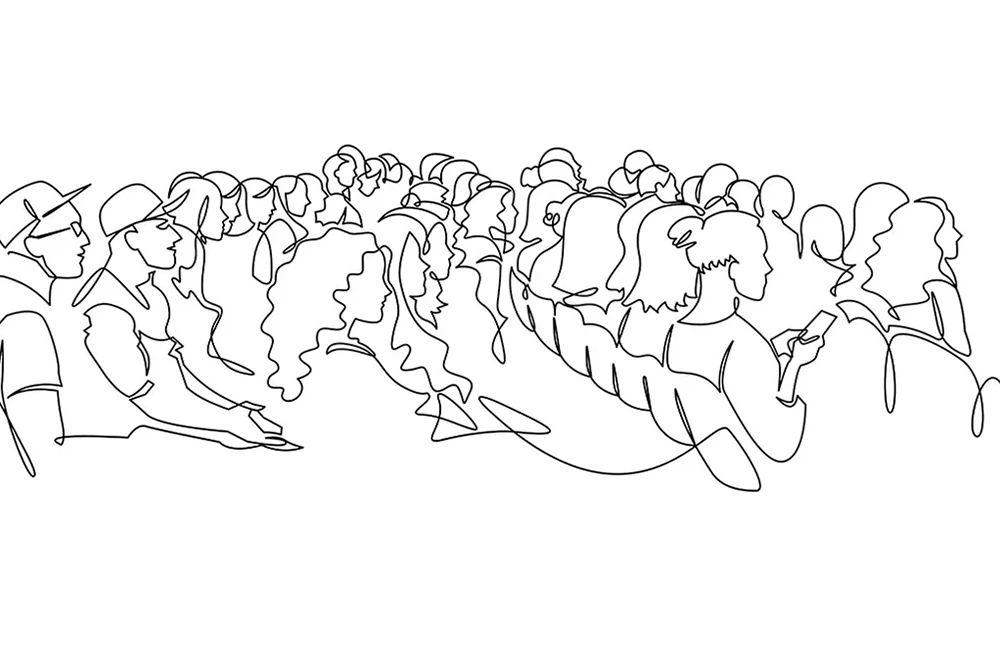As a majority of the global population remains grounded in a home setting, observant (from at least six feet away) about the surrounding world from a distance, the ways in which brands are reacting, adapting and interacting is suddenly under a microscope.
With eyeballs on out-of-home media fading and targeted messaging starting to blend together, it’s difficult to imagine a time period in the digital age that’s forced more pressure on brands to get creative about connecting with consumers.
Some brands are demonstrating just how instrumental they are within shaken communities by shifting strategy to address COVID-19-related challenges. Others are similarly rising to the challenge with a sharp, content-centric approach characterized by a timely jolt of cultural relevancy.
By eliciting an emotional response, the word-of-mouth aftermath becomes more measurable. This time, it was a familiar sports media heavyweight with a calculated display of creativity. Savvy brands like State Farm can realize a captive audience, pinpoint their attention, then challenge that audience to synthesize information quickly. The brand is suddenly weaved into the buzz authentically, in a way that memorably clicks with that audience.
Although the line between marketing and design can be somewhat blurred, the relationship between the two is as correlated as ever. Functional design leads to clearer communication about products or services, thus, marketing objectives like recall, loyalty and the proverbial “branding” become more apparent.
If marketing objectives hone in on transactional outcomes, then design objectives are all about the behavioral triggers which spark those results. Ultimately, the behavioral is what’s going to influence that conversion.
When it comes to making a genuine “splash” with consumers through design or marketing, there’s always another benchmark/milestone to be surpassed.
So what exactly keeps this competitive cycle churning? Personalization takes the cake.
Leaving an impression so compelling, so relevant that it’s impossible to ignore.
There’s no substitute for a multi-channel approach to personalization, which could include web design, user experience (UX) design, user interface (UI) design, mobile applications, email campaigns and more.
The customer journey, comprised of highlights, hurdles and “a-ha” insights, simply cannot be overlooked. Because everyone absorbs content differently, whether it’s content’s messaging or content’s channel of delivery, there is bound to be considerable variance on the journey to conversion, at least in terms of which information consumers are receptive to. That’s where personalization fills a hole.
Accenture’s “2019 Global Financial Services Consumer Study” highlighted four different types of audience profiles (i.e. personas) to keep in mind when delivering a personalized brand experience that will exceed expectations on the customer journey. While the personas are classified mainly within the framework of customers on a financial journey, the report’s findings can apply to a large percentage of audiences with a wide range of behavioral implications. One of the actionable takeaways for marketers revealed that most users (85%) would be willing to share data in return for personalized services.
Pioneers, half of which are aged between 18 and 34, have a rather large appetite for innovation and risk-taking. This is a tech-savvy group with a high propensity to lean heavily on mobile, as almost 90% will rely on a smartphone to conduct online transactions.
Pragmatists, evenly distributed across ages & geographies, are more practical and see tech as a ‘means to an end’ rather than a can’t-live-without. They are channel agnostic and not as immersed in technology as pioneers, but more cautious about data privacy.
Skeptics, the largest persona group, resemble a more challenging audience to engage with because of an alarming resistance to integrated propositions and multi-channel usage. They are a difficult persona to convince and largely risk-averse about their lifestyle.
Traditionalists, 66% of which fall into the 55+ age demographic, show low levels of interest and satisfaction in new products or services. Conscientious about a “trust” factor, this group is responsive to personal contact and gravitates towards tangible elements of a brand like customer service.
Research shows that today’s consumers can be defined by more layers than just Millennials, “Gen X,” “Gen Y,” or Baby Boomers. Cohesive design is a factor that steers users towards purposeful engagement.
The “journey” and path to conversion will usually be indicative of a consumer’s resonance with a particular brand. Personalizing content, the equivalent of a pit stop on the customer journey, will continue to be a driver for brand success; it’s the fuel that users need to recharge and re-calibrate in favor of their destination.
With consumer decision-making becoming more volatile and conversion happening at a premium, brands must tap into behavioral triggers in order to achieve coveted transactional results.









